The Importance of Rehabilitation Therapy After a Stroke
April 10, 2025
Maximizing Stroke Recovery with Comprehensive Rehabilitation

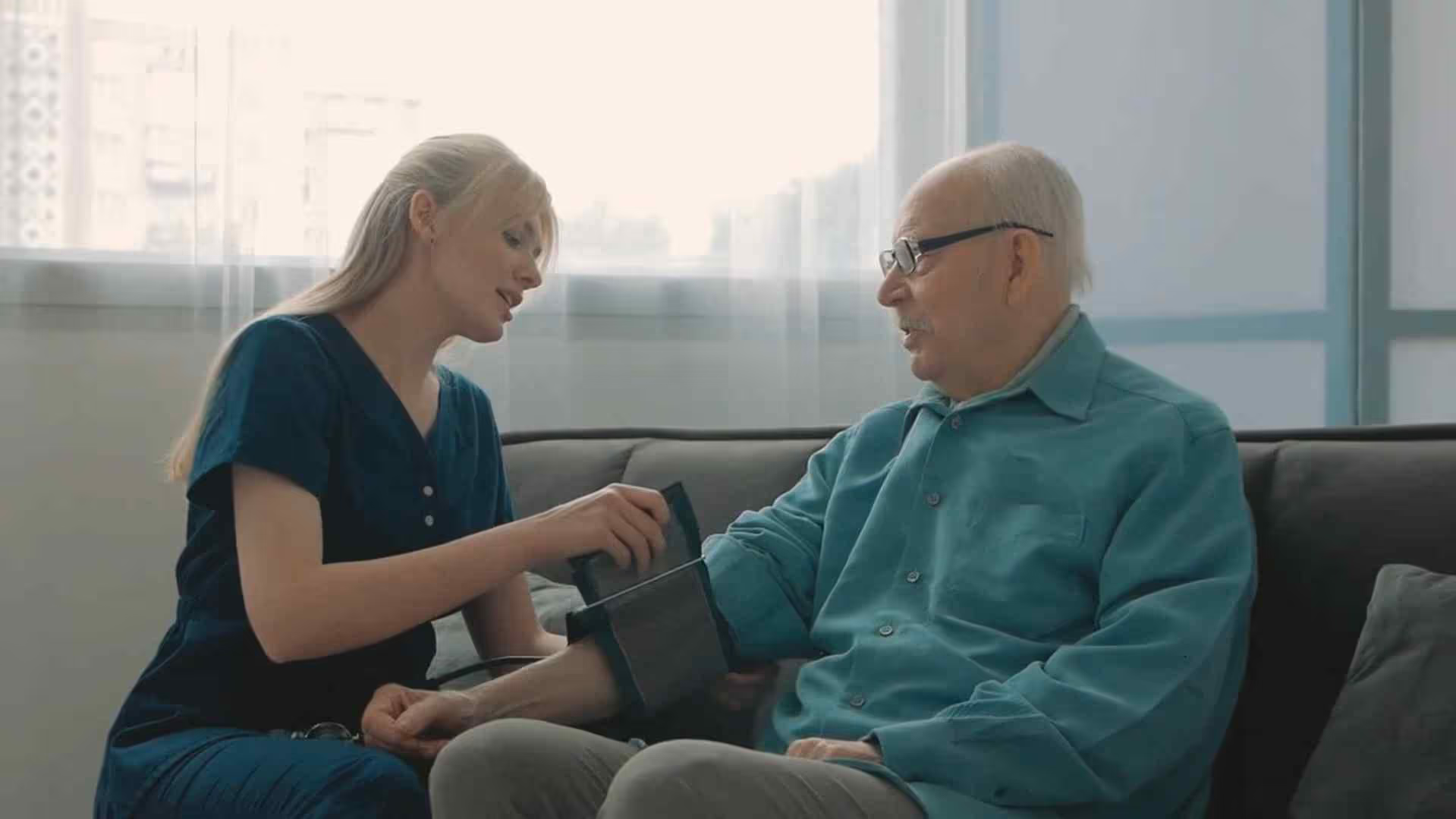
Understanding Rehabilitation Post-Stroke
Rehabilitation therapy serves as a cornerstone in the recovery journey for stroke survivors. It addresses the intricate process of restoring lost skills and improving functional independence. This comprehensive approach involves a variety of therapies designed to target the specific impairments caused by a stroke, ranging from physical and occupational therapy to speech and cognitive rehabilitation. The ultimate goal is to reclaim independence and enhance the overall quality of life. To achieve this, it is critical to initiate rehabilitation as early as possible, ideally within the first 24 to 48 hours post-stroke, to optimize results.
Why Rehabilitation Therapy is Crucial

Role of Rehabilitation in Stroke Recovery
Rehabilitation therapy is essential for stroke recovery, as it focuses on restoring independence by enhancing physical, mental, and emotional functions. After a stroke, many patients lose skills such as movement and speech. Rehabilitation tailored to individual needs aims to address these deficits through targeted therapy, including physical, occupational, and speech-language therapies. This comprehensive approach ensures that all aspects of recovery are considered, facilitating a more effective return to independence.
Impact on Physical, Mental, and Emotional Well-Being
The recovery journey after a stroke is not solely physical; rehabilitation also plays a critical role in mental and emotional recovery. Many stroke survivors face challenges such as depression or anxiety, which can negatively impact their rehabilitation outcomes. Addressing these emotional aspects through supportive therapy is important in helping patients regain confidence and motivation throughout their recovery process. Studies show that those who engage in rehabilitation programs report higher satisfaction in their recovery and improved quality of life.
Importance of Starting Therapy Early
Starting rehabilitation therapy promptly, ideally within 24 to 48 hours post-stroke, is crucial for maximizing recovery potential. Early intervention not only leads to significant improvements in motor functions but also fosters neuroplasticity, enhancing the brain's ability to reorganize and recover from injury. Research supports that patients who begin rehabilitation soon after a stroke are more likely to regain their pre-stroke abilities. Therefore, timely rehabilitation should be an integral part of post-stroke care, ensuring a smoother transition to home and reducing the risk of further complications.
Exploring Types of Rehabilitation Therapies

What are the benefits of physical therapy after a stroke?
Physical therapy after a stroke is essential for promoting recovery and regaining functional mobility and independence. It helps stimulate damaged nerves and muscles, improve circulation, and prevent complications like muscle stiffness and falls.
Typically starting within two days post-stroke, physical therapy is tailored to each patient's specific needs through assessments of strength, balance, and coordination. Key interventions include:
- Strength and flexibility exercises
- Balance training
- Use of assistive devices
These contribute to improved quality of life and reduced dependency. Overall, physical therapy plays a critical role in retraining muscles, enhancing recovery speed, and supporting brain health by promoting neuroplasticity.
What types of rehabilitation therapies are available after a stroke?
After a stroke, a variety of rehabilitation therapies are available to aid recovery. These include:
- Transcranial Magnetic Stimulation (TMS): Stimulates brain activity to improve motor recovery.
- Motion-sensing gamified neurorehabilitation devices: Engage patients in interactive exercises.
- Virtual reality therapies: Complement traditional methods, increasing therapy hours and enhancing motor function recovery.
- Robotic therapy devices: Offer customized therapeutic sessions to enhance rehabilitation.
- Brain-computer interfaces: Translate brain signals into motor actions.
Emerging techniques like music therapy, artificial intelligence, and cell therapy further contribute to optimizing rehabilitation outcomes for stroke survivors.
Role of Rehabilitation Therapists in Fostering Independence

How do rehabilitation therapists help stroke survivors improve functional independence?
Rehabilitation therapists play a vital role in enhancing the functional independence of stroke survivors. They achieve this through a customized approach tailored to each individual’s unique needs. Early assessment of neurological status is essential to identifying specific rehabilitation targets, allowing therapists to initiate interventions as soon as possible, often within the first 24 to 48 hours after a stroke.
These interventions include a variety of exercises and therapies designed to promote neural plasticity and improve mobility.
Key Rehabilitation Components:
- Physical Therapy: Focuses on strength and mobility, employing exercises to help relearn movement.
- Occupational Therapy: Aims to improve daily living skills, providing strategies and tools to assist in self-care activities.
- Speech Therapy: Addresses communication and swallowing difficulties with tailored techniques.
Further support comes from emerging technologies and the active involvement of family members, which empower survivors in their recovery journey. The collaborative effort of a multidisciplinary team ensures that stroke survivors can work towards regaining independence in their daily activities.
Significance of Early Intervention

How does early intervention influence stroke recovery?
Early intervention significantly influences stroke recovery by optimizing functional outcomes and reducing long-term disability. Rehabilitation efforts should ideally begin within 24 to 48 hours post-stroke. This timeline is crucial for enhancing independence in daily activities. Continuous rehabilitation, which includes physical exercises, speech therapy, and environmental adaptations, is essential for addressing each patient's unique needs.
Impact on outcomes and quality of life
Engaging in early rehabilitation helps to improve patient education and promotes family involvement in care. The collaboration of multidisciplinary teams—comprising physical therapists, occupational therapists, and speech-language pathologists—ensures comprehensive treatment. Studies indicate that structured early interventions create a streamlined approach leading to better overall patient outcomes in mobility and communication.
Recommendations for early intervention
Patients should work with healthcare teams to create tailored rehabilitation plans, emphasizing intensive therapy in the initial recovery months. Setting realistic goals and establishing routines around rehabilitation not only supports physical recovery but also contributes positively to emotional and social well-being. As early rehabilitation significantly impacts recovery trajectories, it is essential to prioritize these interventions to facilitate faster and more effective improvements following a stroke.
Navigating the Rehabilitation Process: A Guide for Families

How can patients and families navigate the stroke rehabilitation process?
Patients and families can successfully navigate the stroke rehabilitation process through active engagement. Involving family members in training sessions empowers them to support rehabilitation techniques at home, directly enhancing patient outcomes.
Understanding rehabilitation goals is crucial. Families should work to create a safe home environment tailored to the patient’s needs. Being knowledgeable about the available educational resources can aid in management, including utilizing telehealth services and understanding insurance coverage options for therapy.
Regular communication with healthcare providers is essential. It ensures that families are informed of the rehabilitation strategies and therapy adjustments needed as recovery progresses. This collaborative approach fosters improved recovery trajectories for patients and support for caregivers.
| Topic | Details | Recommendations |
|---|---|---|
| Role of Families in Rehab | Engage in training to support recovery. | Attend therapy sessions to learn effective strategies. |
| Educational Resources | Access materials and telehealth sessions for ongoing support. | Research local and online resources for chronic care. |
| Transition Management | Ensure the home is set up for safety and accessibility. | Communicate regularly with healthcare providers. |
Rehabilitation: A Path to Recovery and Independence
Rehabilitation therapy plays an essential role in transforming the lives of stroke survivors, guiding them towards regaining independence and improving their quality of life. It is a dynamic process that requires a personalized approach, a multidisciplinary team, and active involvement from family members. By prioritizing early intervention and adopting diverse therapeutic modalities, stroke survivors have the opportunity to achieve significant functional recovery. Ongoing research and technological advancements promise ever-better rehabilitation outcomes, providing hope and a clearer path to recovery for the countless individuals affected by stroke each year. By understanding and navigating the rehabilitation process effectively, patients and families can maximize the chances of a successful recovery.
References
- Post-Stroke Rehabilitation
- Stroke Rehabilitation - PubMed
- Rehabilitation for Stroke | Johns Hopkins Medicine
- A Comprehensive Review of Physical Therapy Interventions for ...
- Stroke Rehab
- Recovery From a Stroke: 9 Benefits of Physical Therapy | Choose PT
- Stroke Recovery: The Importance of Short-Term Rehab After Stroke
- Stroke rehabilitation: from diagnosis to therapy - Frontiers
- Rehabilitation Plays an Important Role in Stroke Recovery
- The Importance of Post Stroke Rehabilitation


























































.jpeg)
























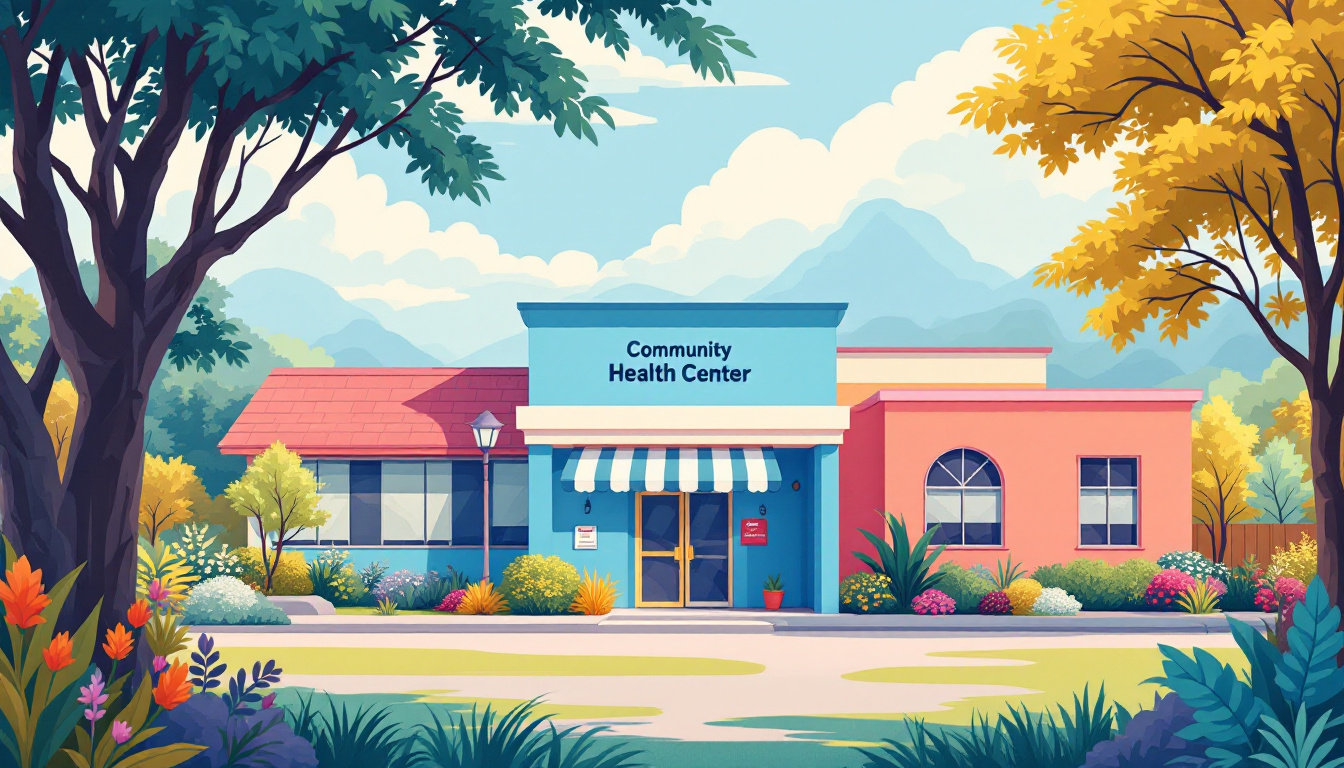


















































































































































































.avif)























































.jpeg)

































































.jpeg)














.jpg)









































.jpeg)



























































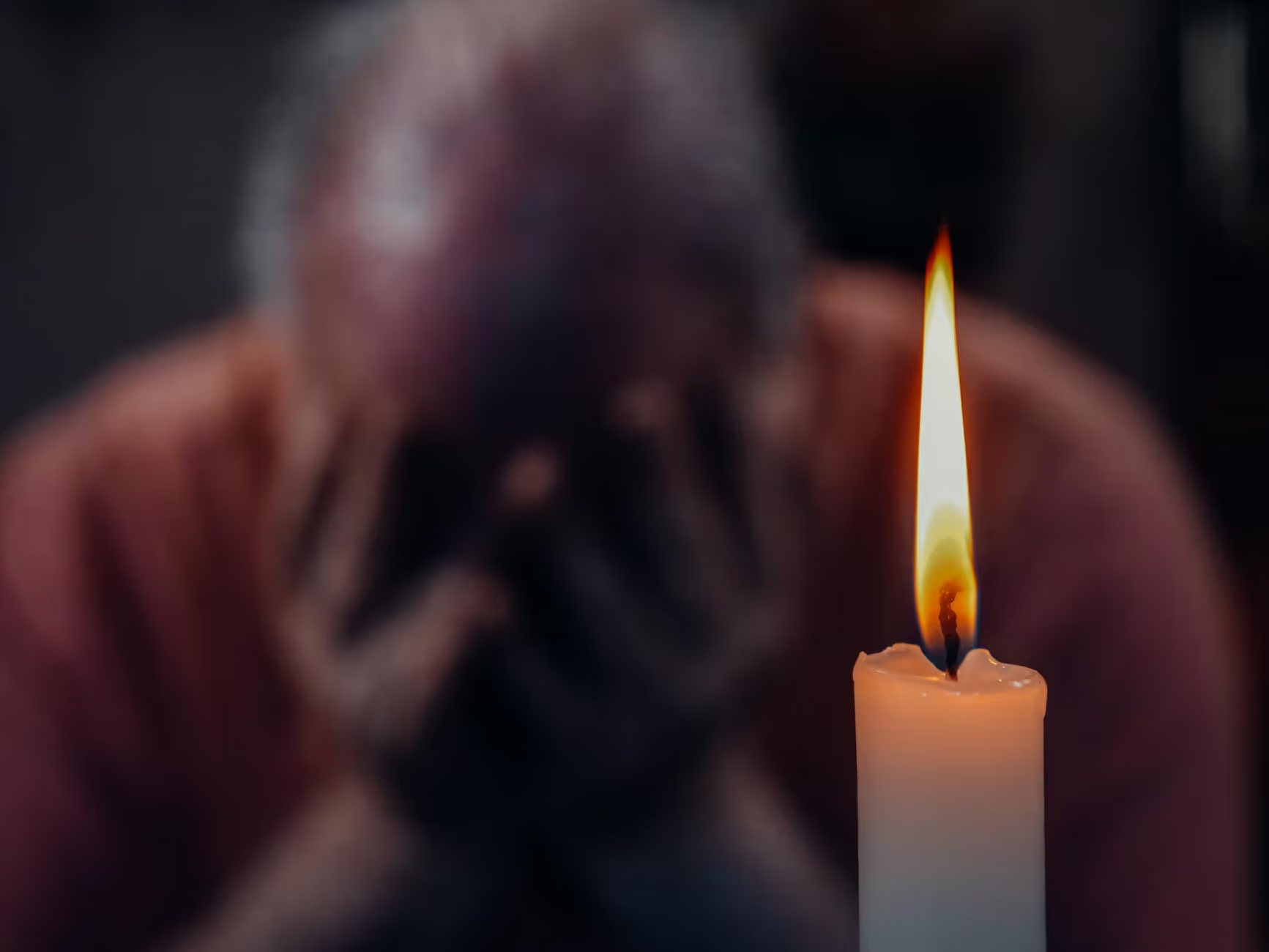













.avif)




.avif)



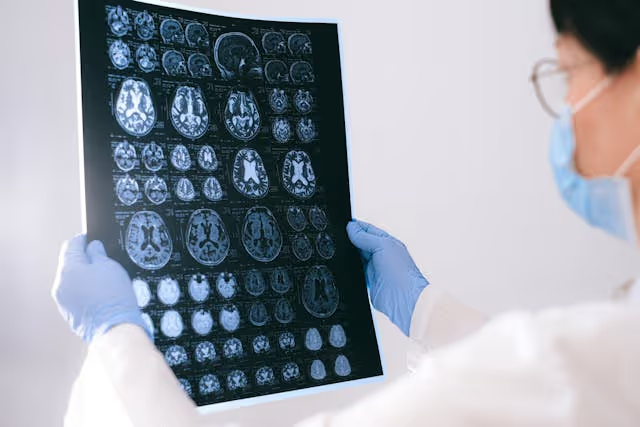














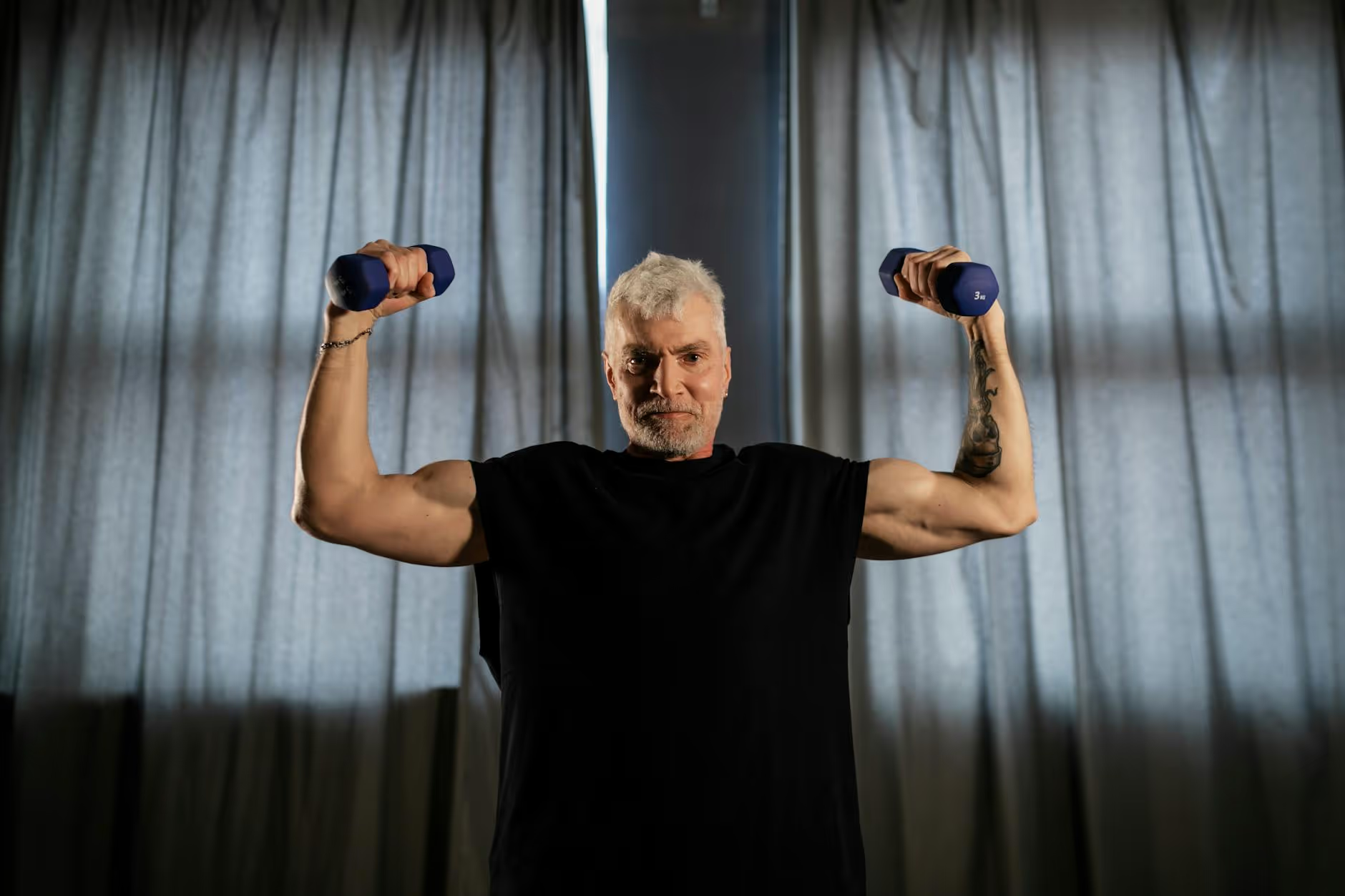



























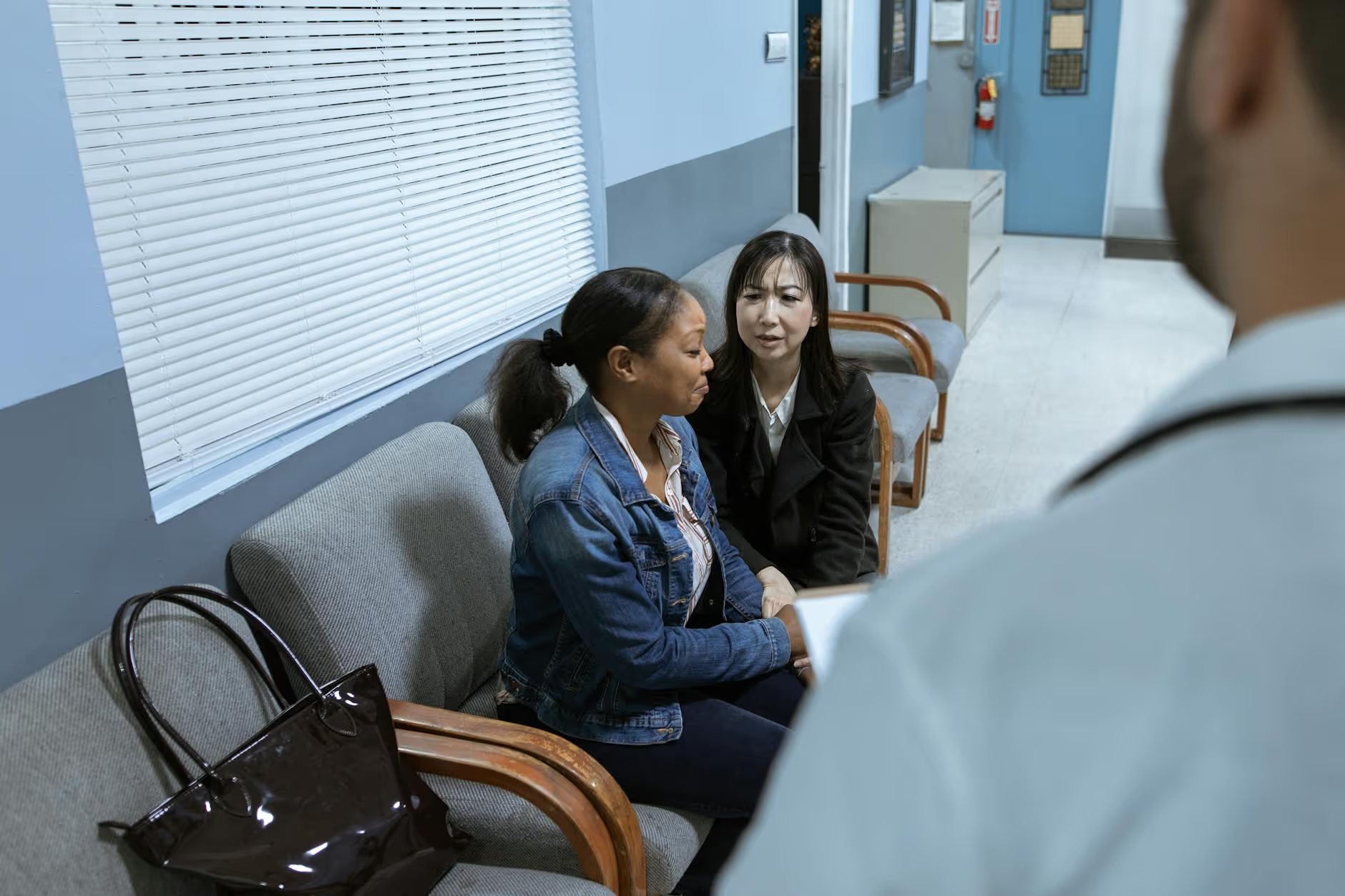


.avif)







































































































































































